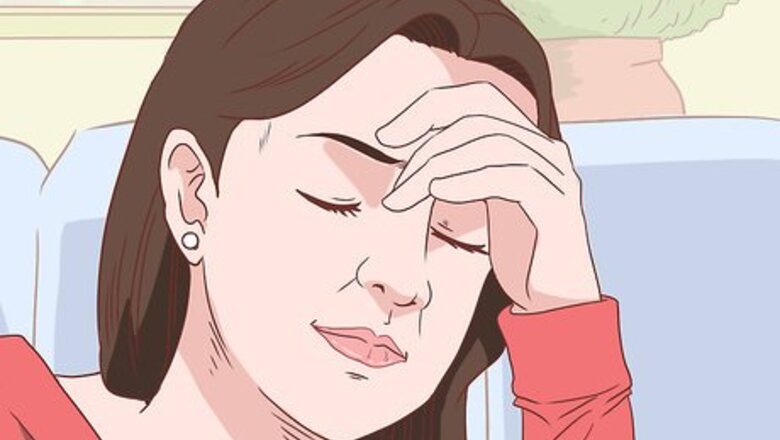
views
X
Trustworthy Source
Mayo Clinic
Educational website from one of the world's leading hospitals
Go to source
Leukemia can grow fast or slow, and there are several types. Recognize the common symptoms of leukemia and learn when to seek treatment.
Spotting Common Symptoms

Check for symptoms that resemble the flu. These symptoms include having a fever, being tired, or having chills. If the symptoms fade after a few days and you feel healthy again, you probably just had the flu. That being said, if flu-like symptoms do not subside, see your physician. Leukemia patients often mistake leukemia symptoms to be those of the flu or other infections. In particular, look for: Continual weakness or tiredness Frequent or severe nosebleeds Repetitive infections Unexplained weight loss Inflamed lymph nodes Swollen spleen or liver Bleeding or bruising easily Small red marks on your skin Profuse sweating Bone cramps Bleeding gums

Register your fatigue level. Chronic fatigue is often an early symptom of leukemia. Because fatigue is quite common, many patients overlook this symptom. Weakness and very low energy can accompany fatigue. Chronic fatigue is different from just feeling tired. If you feel unable to concentrate or like your memory is weaker than normal, you might have chronic fatigue. Other symptoms include swollen lymph nodes, new and unexpected muscle pain, sore throat, or severe exhaustion lasting longer than one day. You may also notice that you feel weak, such as in your limbs. It might be harder to do things that you normally do. Along with fatigue and weakness, you may also notice a change in your pallor. These changes may all be due to anemia, which is when you have low hemoglobin in your blood. Your hemoglobin transports oxygen to all of your tissues and cells.
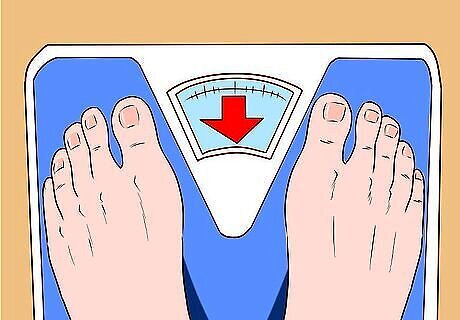
Monitor your weight. Losing a large amount of weight for no apparent reason is often a symptom of leukemia and other types of cancer. This symptom is called cachexia. This can be a subtle symptom, and taken alone it doesn't necessarily point to cancer. Still, if you're losing weight without changing your regular diet and exercise habits, it's important to visit your doctor. It's normal for weight to fluctuate up and down over time. Look for a slow but steady drop in weight through no effort of your own. Weight loss that’s related to sickness often is accompanied by a feeling of low energy and weakness rather than increased health.

Pay attention to bruising and bleeding. People with leukemia tend to bruise and bleed more easily. Part of the reason is that they have lower counts of red blood cells and platelets, which can lead to anemia. If you seem to bruise after every minor bump or start bleeding profusely from a small cut, take note. This is a particularly important symptom. Also, beware of bleeding gums.
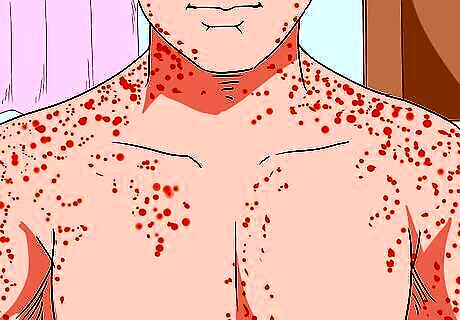
Examine your skin for tiny red spots (petechiae). These spots will look out of the ordinary and unlike regular splotches you'd get after exercising or blemishes from acne. If you see round, tiny, red spots on the skin that weren't there before, see a doctor immediately. They will appear as a rash rather than as blood. They often form in clusters on your skin.

Determine whether you have infections more frequently. Because leukemia damages your healthy white blood cell count, frequent infections can occur. If you have a lot of skin, throat, or ear infections, your immunity might be weakened.
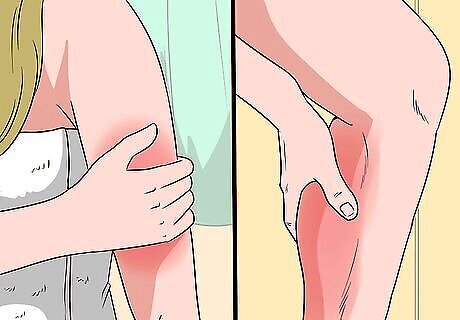
Feel for bone pain and tenderness. Bone pain is not a common symptom, but it is possible. If your bones feel achy and painful, and you have no other reason for the soreness, consider getting tested for leukemia. Bone pain associated with leukemia can happen because your bone marrow becomes overcrowded with white blood cells. Your leukemia cells also can pool close to your bones or within the joints.
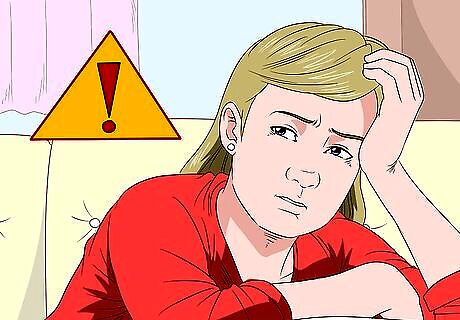
Understand risk factors. Some people are more predisposed to get leukemia. Although having some risk factors does not mean one certainly will get leukemia, recognizing risk factors is important. You might be more at risk if you have (had): Prior cancer therapies like chemo or radiation Genetic disorders Been a smoker Family members with leukemia Been exposed to chemicals like benzene.
Getting Tested for Leukemia
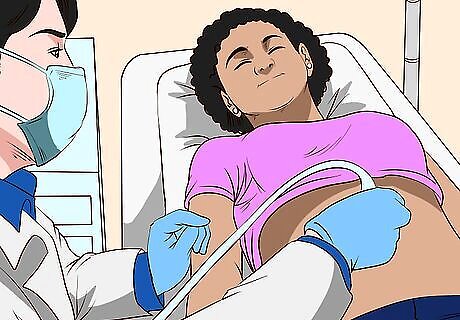
Have a physical exam. When you visit your doctor, he will check to see whether your skin is abnormally pale. This could result from anemia that is associated to leukemia. Your doctor will also check to see whether your lymph nodes are swollen. Your physician also will test to see whether your liver and spleen are larger than normal. Swollen lymph nodes are also a trademark sign of lymphoma. An enlarged spleen is also a symptom of many other sicknesses like mononucleosis.
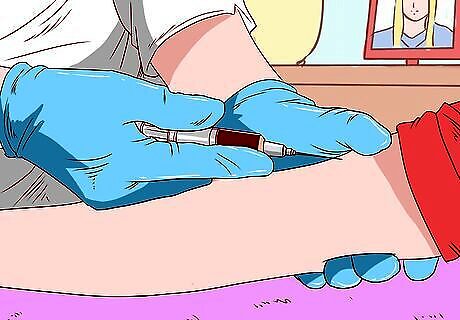
Undergo blood work. Your doctor will draw blood. Then, she will examine the blood herself or send it to a laboratory to assess your white blood cells or platelet counts. If your numbers are significantly high, she could order additional tests (MRIs, lumbar punctures, CT scans) to check for leukemia.
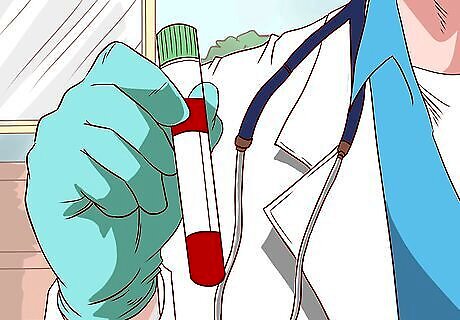
Receive a bone marrow biopsy. For this test, a doctor inserts a long, slender needle into your hip bone to extract marrow. Your doctor will send the sample to a lab to assess whether leukemia cells are present. Depending on the results, he might order additional testing.
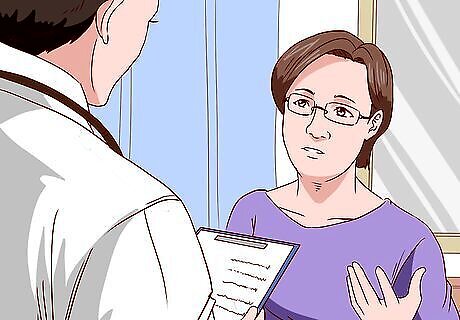
Obtain a diagnosis. Once your doctor has examined all possible aspects of your condition, he can give you a diagnosis. This might take a bit of time, as laboratory processing times vary. Still, you should hear within a few weeks. You might not have leukemia. If you do, your doctor will be able to tell you what type you have and discuss potential treatment options. Your doctor will share whether leukemia is growing fast (acute) or slowly (chronic). Next, he will determine what kind of white blood cell has the disease. Lymphocytic leukemia impacts lymphoid cells. Myelogenous leukemia affects myeloid cells. While adults can get all types of leukemia; most small children suffer from Acute lymphocytic leukemia (ALL). Both children and adults can suffer from Acute myelogenous leukemia (AML), but this is the most common fast growing leukemia for adults. Chronic lymphocytic leukemia (CLL) and Chronic myelogenous leukemia (CML) impact adults and may take years to show symptoms.

















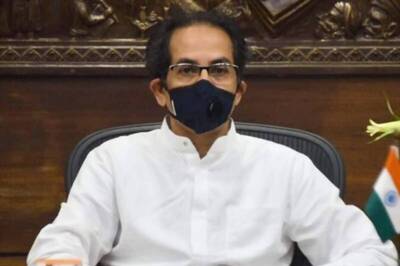


Comments
0 comment